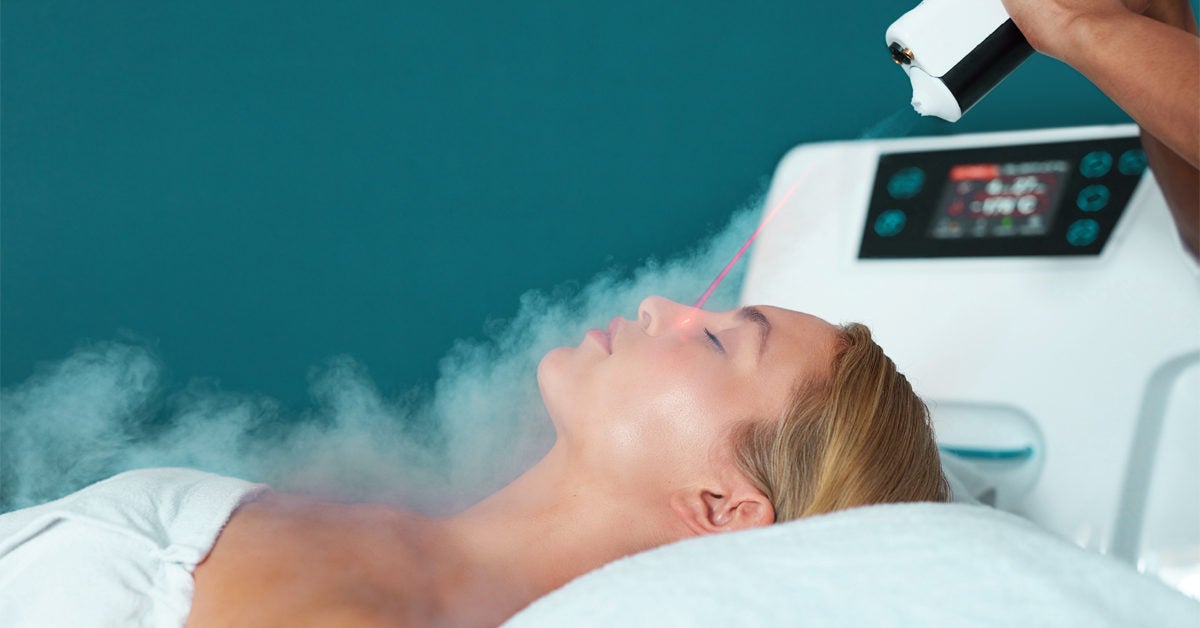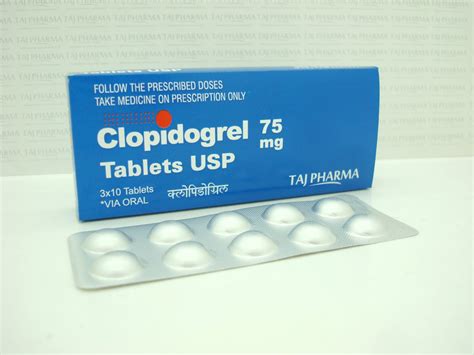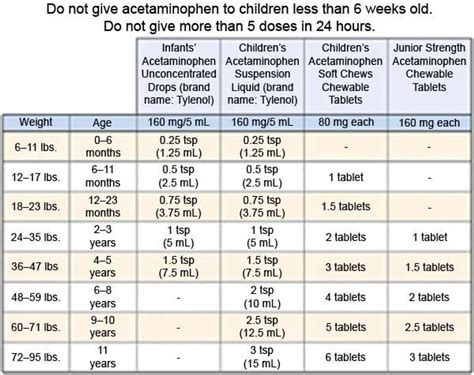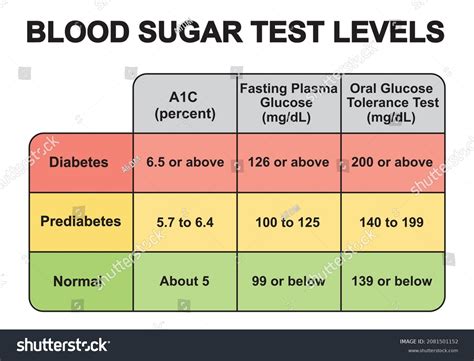Warts are a common skin condition that can be both painful and embarrassing. They are caused by the human papillomavirus (HPV) and can appear anywhere on the body, although they are most commonly found on the hands and feet. While there are many treatments available for warts, including over-the-counter medications and home remedies, cryotherapy is a popular and effective option for removing warts quickly and safely.
Cryotherapy, also known as cryosurgery, is a medical procedure that uses extreme cold to destroy abnormal or damaged cells. In the case of warts, cryotherapy works by freezing the affected area, which causes the wart to die and eventually fall off. This procedure is typically performed in a doctor’s office or clinic and can be done in just a few minutes.
The process of cryotherapy for warts is relatively simple. First, the doctor will clean the area around the wart to prevent infection. Then, a small amount of liquid nitrogen will be applied to the wart using a cotton swab or spray. The liquid nitrogen will freeze the wart, causing it to turn white and form a blister. The blister will eventually crust over and fall off, taking the wart with it.
One of the benefits of cryotherapy for warts is that it is a relatively painless procedure. While some people may experience a mild stinging sensation during the treatment, this is usually minimal and temporary. Additionally, cryotherapy is a very safe procedure, with few side effects. Some people may experience redness, swelling, or blistering in the treated area, but these symptoms are usually mild and resolve on their own within a few days.
Another advantage of cryotherapy for warts is that it is a very effective treatment option. Studies have shown that cryotherapy can remove warts in up to 70% of cases, with some people experiencing complete resolution of their warts after just one treatment. Additionally, cryotherapy can be used to treat a variety of different types of warts, including common warts, plantar warts, and genital warts.
While cryotherapy is a highly effective treatment for warts, it is not without its limitations. For example, it may take several treatments to completely remove a wart, and some people may experience scarring or discoloration in the treated area. Additionally, cryotherapy is not suitable for everyone, particularly those with certain medical conditions or taking certain medications.
If you are considering cryotherapy for warts, it is essential to consult with a doctor or dermatologist to determine if this treatment is right for you. They will be able to assess the size and location of your wart, as well as your overall health, to determine the best course of treatment. Additionally, they will be able to answer any questions you may have and provide guidance on what to expect during and after the procedure.
In addition to cryotherapy, there are several other treatments available for warts, including:
- Cantharidin: A blistering agent that is applied to the wart and covered with a bandage. The blister will eventually crust over and fall off, taking the wart with it.
- Salicylic acid: A topical treatment that is applied directly to the wart. It works by dissolving the keratin protein that makes up the wart, causing it to eventually fall off.
- Imiquimod cream: An immune response modifier that is applied to the wart and works by stimulating the body’s immune system to fight off the HPV virus.
- Surgical removal: A minor surgical procedure that involves cutting out the wart. This is usually done under local anesthesia and may require stitches.
While these treatments can be effective, they may not be as fast or convenient as cryotherapy. Cryotherapy is a quick and easy procedure that can be done in just a few minutes, making it a popular choice for those looking for fast relief from warts.
How long does cryotherapy for warts take?
+Cryotherapy for warts is a quick procedure that can be done in just a few minutes. The actual treatment time is usually around 30 seconds to 1 minute, although you may need to spend some time in the doctor's office before and after the procedure.
Does cryotherapy for warts hurt?
+While some people may experience a mild stinging sensation during cryotherapy for warts, this is usually minimal and temporary. The procedure is relatively painless, and most people do not require any anesthesia or pain medication.
How effective is cryotherapy for warts?
+Cryotherapy is a highly effective treatment for warts, with studies showing that it can remove warts in up to 70% of cases. However, it may take several treatments to completely remove a wart, and some people may experience scarring or discoloration in the treated area.
Can I use cryotherapy for warts at home?
+No, cryotherapy for warts should only be done by a medical professional in a doctor's office or clinic. While there are some over-the-counter cryotherapy kits available, these are not as effective as professional treatment and may not be safe to use.
Are there any side effects of cryotherapy for warts?
+Yes, some people may experience side effects after cryotherapy for warts, including redness, swelling, or blistering in the treated area. However, these symptoms are usually mild and resolve on their own within a few days.
Overall, cryotherapy is a fast and effective treatment for warts that can provide quick relief from this common skin condition. While it may not be suitable for everyone, it is a popular and highly effective option for those looking to remove their warts quickly and safely. By understanding how cryotherapy works and what to expect during and after the procedure, you can make an informed decision about whether this treatment is right for you.



